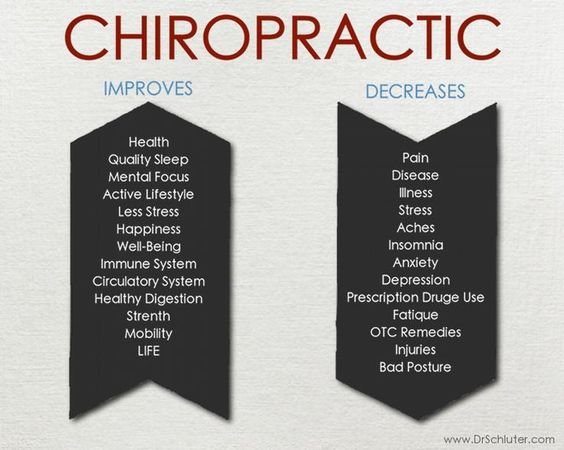Recognizing Cold Laser Therapy For Reliable Discomfort Control
Recognizing Cold Laser Therapy For Reliable Discomfort Control
Blog Article
Produced By-
As you check out the future of discomfort monitoring, cold laser therapy stands out as an encouraging alternative. This non-invasive technique uses certain wavelengths of light to advertise healing and minimize swelling. You're most likely asking yourself just how it functions and what the most up to date research study reveals concerning its performance. The potential for tailored therapy plans can change the landscape of discomfort alleviation significantly. What implications might this have for your approach to taking care of discomfort?
Understanding Cold Laser Therapy: Devices and Applications
When you discover cold laser therapy, you'll uncover it operates by emitting low-level laser light to stimulate recovery at a cellular degree. This non-invasive strategy motivates cells to generate power, advertising tissue repair service and reducing inflammation.
You might discover it especially useful for persistent pain, soft cells injuries, and various bone and joint conditions. As printers elmsford find out more, you'll see that cold laser treatment passes through the skin without harming it, targeting the hidden tissues directly.
Click At this website report minimal pain, with numerous experiencing a sense of leisure during the therapy. By incorporating Check This Out into your discomfort monitoring regimen, you might improve your body's all-natural recovery processes and boost your general well-being.
Understanding its systems and applications can equip your trip towards recuperation.
Evidence and Efficiency: What Research Study Shows
While research study on cold laser therapy is still advancing, many researches have demonstrated its efficiency in numerous applications.
You might discover it intriguing that scientific tests reveal considerable reductions in pain for conditions like joint inflammation, tendonitis, and carpal tunnel syndrome. The treatment promotes recovery by boosting mobile feature and decreasing inflammation, causing quicker healing times.
Many individuals report enhanced flexibility and reduced reliance on pain medications after treatment. Furthermore, researches suggest cold laser treatment can be helpful in managing persistent discomfort, providing a non-invasive choice.
As you check out the offered research study, you'll see that the evidence supports cold laser therapy as an appealing alternative hurting management, making it worth taking into consideration for your own therapy journey.
The Future Landscape of Pain Management With Cold Laser Treatment
As advancements in technology remain to improve health care, cold laser therapy is poised to play a pivotal function in the future of discomfort administration.
You'll discover that this ingenious therapy not just reduces pain however additionally advertises healing without the negative effects related to traditional approaches.
As even more practitioners take on cold laser therapy, people like you can anticipate individualized treatment plans that integrate this method with other modalities, boosting total performance.
Furthermore, ongoing research will likely uncover brand-new applications, increasing its usage throughout various problems.
With enhanced availability and acceptance, you'll quickly see cold laser therapy coming to be a cornerstone hurting monitoring, providing hope and relief for those seeking choices to standard pain relief methods.
Verdict
In summary, cold laser therapy is forming the future of pain administration with its non-invasive technique and tried and tested effectiveness. As research continues to reveal its possibility, you'll likely see tailored therapy strategies that cater to individual requirements, improving your recovery process. With higher availability, this cutting-edge therapy could come to be an essential tool in your trip toward pain alleviation and general health. Embracing these innovations may result in a brighter, pain-free future for you and several others.
